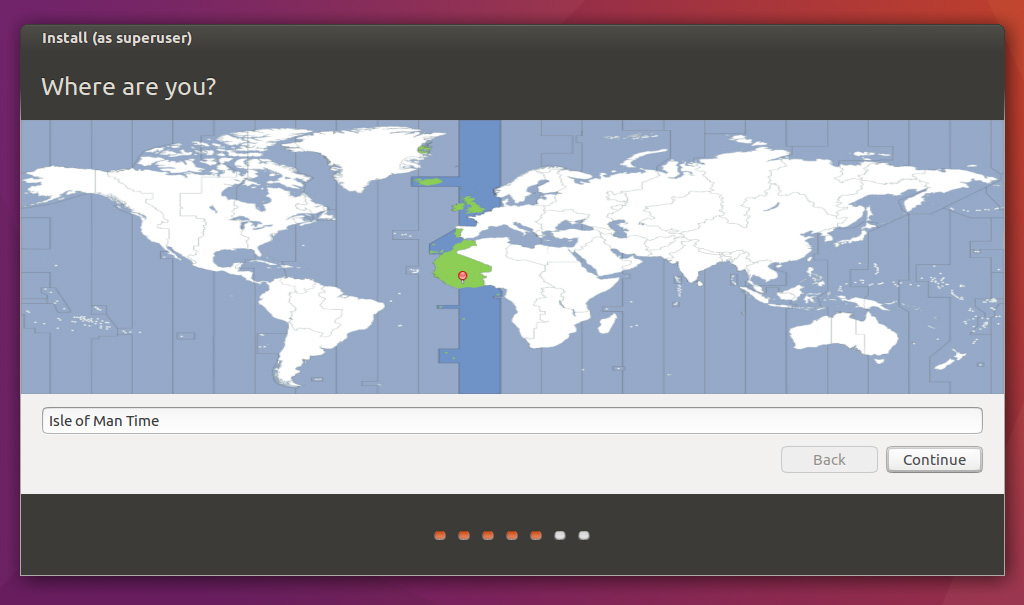Installer Ubuntu
This beginner's guide shows you how to install themes in Ubuntu 17.10. The tutorial covers installation of icon themes, GTK themes and GNOME Shell themes. A 'LAMP' stack is a group of open source software that is typically installed together to enable a server to host dynamic websites and web apps. This term is actually.
Contents • • • • • • • • • • • • This guide is intended to introduce you to the very many ways in which Ubuntu may be installed to your machine depending on your specific use case. The official also covers a complete list of alternative installation methods for Ubuntu. Requirements Requirements are basic!


Ubuntu has been designed keeping in mind most hardware that abounds, so it is highly likely that if your hardware is not too uncommon, Ubuntu will work on your machine right off the bat! Nonetheless, you should check if your hardware works with Ubuntu and meets the minimum system requirements. The following pages are a comprehensive review of all Ubuntu supported hardware: •: Most laptops these days ship with an Intel or an AMD processor, which fall into the category x86/x86_64. These are officially supported by Ubuntu. This page documents these as well as all other processor architectures supported by Ubuntu. •: This page includes a comprehensive list of Ubuntu-certified machines, including most desktops/laptops from some of the biggest vendors.
•: This page includes the minimal system requirements a machine needs in order to run the graphical version of Ubuntu. Easy Html5 Video Serial. From the point of view of most modern machines, these are extremely basic. Cimatron E10 Ita Movies. Standard installation If you want to install Ubuntu on your personal desktop/laptop either sharing the computer with Windows or as the only operating system, this is probably what you want to do, and it has never been easier! The standard Ubuntu desktop installation uses a, which is meant to help you through the installation process in a very small number of easy steps. To get the installer and to prepare Windows to share the computer with Linux, you will need to do the following: •. The LiveCD (really a DVD) is a fully functional Ubuntu environment, and it allows you to get a taste of Ubuntu on your machine by using a session!
If you downloaded a DVD image (.iso file), you can burn it to a standard DVD (see and ). There are three things to do. (1) Back up Windows on a bootable USB drive. There are instructions on the Microsoft web site.
This step is a good idea whether or not you install Ubuntu. (2) Disable Fast Startup. Windows 8.1 and presumably future versions have a feature called Fast Startup. When it is enabled -- and it is enabled by default -- Windows shuts down in a hybrid state, somewhere between a full shutdown and a 'sleep' state. The dual boot manager which Ubuntu will install (called grub) does not presently (March 2015) know how to start Windows from this hybrid state. You must therefore disable Fast Startup if you ever want to use Windows again after installing Ubuntu. Just how to do that is best left to the documentation of your particular version of Windows.
But do not fail to do it, or you will never boot Windows again. (3) Change the boot order. Chances are that if you simply put the LiveDVD in the optical drive and turn on the computer, it will go straight to Windows and totally ignore the DVD. The Lightning Tree Movie. That is because the computer came with the hard disk ahead of the DVD in the boot order. The boot order in machines made after about 2012 is set in something called the UEFI (Uniform Extensible Firmware Interface). You must edit the UEFI to change the boot order.
Windows has a UEFI editor; how you get to it is different for Windows 8 and 8.1 and will probably be different again for 10. This editor is well hidden in 8.1, but can be reached by a series of steps beginning from PC Settings (the cogwheel) on the start page. From there go to 'Update and Recovery' then 'Recovery' then 'Advanced startup' then 'Restart now' then 'Troubleshoot' then 'Advanced options' and then 'UEFI Firmware settings'.